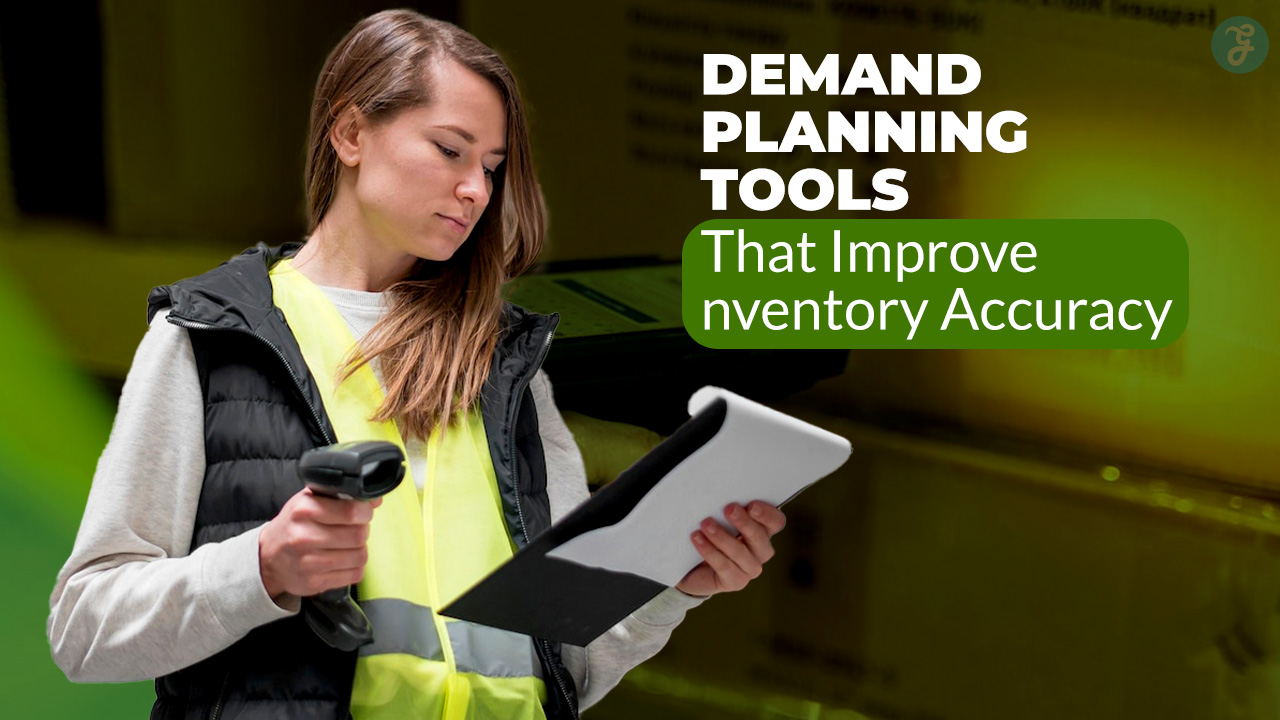In a highly competitive business landscape, small businesses are constantly looking for innovative ways to streamline operations, connect with customers, and increase profits.
One powerful tool available today is business mapping—the use of geographic and data-driven mapping tools to visualize and analyze different aspects of a business’s operations.
This tool has become increasingly accessible and user-friendly, even for small businesses with limited resources.
Business mapping enables small business owners to make more informed decisions based on geographical data, demographic insights, and visual representations of performance.
Below, we’ll delve into the top 10 ways business mapping can make a significant difference for your small business in the United States, providing detailed insights on how each application works and examples to help you put these strategies into action.
Why Business Mapping is Essential for Small Businesses
For small businesses, resources are often limited, so every decision counts. Business mapping allows these companies to make data-driven decisions that can improve productivity, reduce costs, and enhance customer satisfaction.
Unlike large corporations, small businesses often lack the luxury of trial and error. Business mapping offers insights and clarity, reducing risks associated with expansion, marketing, logistics, and more.
With this tool, small businesses can:
- Improve Strategic Planning: Visualize data to make strategic decisions regarding customer acquisition, location selection, and growth plans.
- Optimize Operations: Streamline delivery routes, reduce operational costs, and manage resources more effectively.
- Gain Customer Insight: Better understand their customer base and identify new opportunities for growth.
Let’s take a closer look at the top ways business mapping can transform your small business.
1. Identify and Understand Target Markets
For any small business, knowing who your customers are and where they are located is critical to success. Business mapping can help you analyze demographic information, customer behavior, and geographic data to create detailed profiles of your target markets.
This enables you to focus marketing efforts and product offerings on areas with the highest potential for success.
- Visualize Demographic Data: Mapping tools allow you to visualize demographic data—like age, income, and purchasing behavior—by location. This helps you understand where the demand for your products or services is highest.
- Segment Your Audience by Location: Geographic segmentation helps you tailor your marketing strategies to specific regions, allowing for more personalized and effective communication with potential customers.
- Identify High-Potential Markets: Mapping can highlight areas with high concentrations of potential customers, helping you allocate resources to the most profitable locations.
Example
A local coffee shop chain could use business mapping to identify neighborhoods with high populations of young professionals who are likely to buy specialty coffee.
They might then focus their advertising efforts on these areas or open new locations where demand is expected to be highest.
2. Optimize Sales Territories
Improve Sales Efficiency by Managing Territories Effectively
Sales territory management is essential for businesses with sales teams or service representatives operating in different regions.
Business mapping allows you to define and assign sales territories more strategically, balancing workloads, improving efficiency, and ensuring maximum coverage.
- Create Balanced Territories: By visualizing customer density, sales volume, and geographic factors, you can allocate territories more fairly among your team, ensuring each representative has a reasonable share of potential customers.
- Minimize Travel Time: Business mapping helps align territories with physical locations, reducing travel time and enabling sales representatives to spend more time interacting with customers and closing deals.
- Track Performance by Territory: Mapping tools can also help you analyze sales performance within each territory, providing insights into which areas are thriving and which need more attention.
Example
A small insurance company could use mapping software to divide territories based on factors such as customer demographics, location, and potential revenue. This could allow them to assign territories equitably to each agent, ultimately increasing sales productivity and client satisfaction.
3. Improve Delivery Routes and Logistics
For businesses that rely on delivery or field services, optimizing logistics can lead to significant savings and improved customer satisfaction.
Business mapping provides the ability to plan the most efficient routes for deliveries, taking into account variables like traffic patterns, delivery windows, and vehicle capacity.
- Create Optimized Delivery Routes: Mapping tools allow you to calculate the most efficient delivery routes, reducing travel time and fuel costs. This is especially useful for businesses that make frequent local deliveries or have multiple stops in one area.
- Reduce Operational Costs: By cutting down on fuel usage and travel time, route optimization can lower operating costs significantly, improving profit margins.
- Enhance Customer Satisfaction: Faster, more reliable deliveries lead to higher levels of customer satisfaction, which can encourage repeat business and positive reviews.
Example
A local bakery that delivers fresh goods to multiple cafes each morning could use business mapping to determine the most efficient routes. By reducing delivery times, they can ensure that their products arrive fresh and on time, keeping their clients satisfied.
4. Find the Best Locations for New Business Sites
Choosing the right location for a new store, office, or facility is crucial, and business mapping makes it easier to analyze data that informs this decision.
By examining factors such as population density, proximity to competitors, and accessibility, you can identify the best areas for expansion.
- Analyze Competitor Locations: Mapping tools allow you to see where competitors are located, helping you avoid oversaturated areas and target underserved regions.
- Evaluate Accessibility: Assessing factors like parking availability, nearby public transportation, and road accessibility can help you determine if a potential location is convenient for your target customers.
- Identify High-Traffic Areas: Find locations with high foot or vehicle traffic, which increases visibility and attracts more customers to your business.
Example
A fitness studio considering expansion could use business mapping to identify a neighborhood with high residential density, minimal competition, and convenient access to public transit. This data-driven approach increases the likelihood of success at the new location.
5. Enhance Customer Experience with Proximity Marketing
Proximity marketing leverages location data to deliver personalized messages, discounts, and promotions to customers when they are near your business. Business mapping helps small businesses implement this strategy by identifying key customer locations and high-traffic areas.
- Send Geotargeted Promotions: By sending promotional messages to customers’ mobile devices when they are within a certain distance of your location, you can increase foot traffic and drive immediate sales.
- Create Personalized Experiences: Use customer location data to tailor messages and offers based on the specific preferences and buying habits of nearby customers.
- Attract Walk-In Customers: Proximity marketing is an effective way to engage potential customers who may be passing by, encouraging them to stop in and make a purchase.
Example
A boutique clothing store could use proximity marketing to send a special discount notification to customers in the vicinity, boosting the likelihood that nearby shoppers will stop in to check out the latest styles.
6. Visualize Market Trends and Consumer Behavior
Market trends and consumer preferences can vary by region, making it essential for businesses to tailor their approach based on location. Business mapping allows you to visualize these trends geographically, helping you stay ahead of changes in customer behavior.
- Track Seasonal and Regional Trends: Mapping tools allow you to observe how consumer behavior changes by location and season, helping you adjust inventory, promotions, and services.
- Identify New Opportunities: Spot emerging markets and areas of high demand where your products or services could be successful, allowing you to capitalize on new opportunities.
- Make Data-Driven Forecasts: Analyzing historical data can help you predict future demand, ensuring you have the right products in the right places to meet customer needs.
Example
A small e-commerce business could use mapping software to analyze order data and identify regions with growing demand for certain products. This insight would help them focus marketing efforts and stock popular items in warehouses close to high-demand areas.
7. Streamline Field Service and Asset Management
Business mapping is invaluable for small businesses that manage field teams or assets across different locations, such as maintenance services, equipment rentals, or in-home repair companies.
Mapping helps monitor field team movements and asset locations in real time, improving responsiveness and reducing downtime.
- Manage Field Team Schedules: Business mapping allows you to track the location of team members and assign tasks based on proximity, ensuring faster response times and reduced travel expenses.
- Monitor and Maintain Assets: Use mapping to pinpoint the exact locations of assets, making it easier to schedule regular maintenance and avoid potential breakdowns.
- Enhance Emergency Response: In case of urgent situations, such as equipment malfunctions or high-priority tasks, dispatching the nearest available team member ensures a quick resolution and boosts customer satisfaction.
Example
A HVAC repair company could use business mapping to locate technicians and dispatch the closest available technician to an emergency call. This reduces wait times for clients and enhances the company’s reputation for reliability.
8. Optimize Inventory and Supply Chain Management
Inventory and supply chain management can be challenging, especially for businesses with multiple locations or a diverse range of products. Business mapping provides insights into inventory levels, supplier locations, and customer demand by region, helping you optimize your stock and reduce costs.
- Map Supplier and Distribution Locations: Visualize the location of suppliers to identify those that are closer to your business, which can reduce shipping times and costs.
- Manage Regional Inventory Levels: Ensure that each location has adequate stock by mapping customer demand and sales data by region, which helps avoid stockouts or overstocking.
- Strengthen Supplier Relationships: Use mapping to identify potential new suppliers within close proximity, which can help maintain a steady supply of goods and prevent delays.
Example
A small restaurant chain could use business mapping to analyze food supply routes, reduce delivery times, and ensure fresh ingredients are consistently available at each location, ultimately improving the customer dining experience.
9. Improve Marketing and Advertising Effectiveness
Marketing is more effective when tailored to specific demographics and regions. Business mapping enables small businesses to launch highly targeted campaigns based on geographic and demographic insights, improving the ROI of marketing initiatives.
- Focus on High-Opportunity Areas: Direct your ads to regions or neighborhoods with high demand for your products or services, increasing the chances of reaching potential customers.
- Analyze Campaign Effectiveness: Mapping allows you to track the response to campaigns by location, helping you understand where your marketing efforts are most effective.
- Refine Targeted Ads Based on Location: Use mapping to refine ad messaging and offers according to local trends, ensuring your promotions resonate with the audience.
Example
A local restaurant could use business mapping to focus digital ads on nearby areas where people are most likely to dine out frequently, resulting in higher engagement and foot traffic.
10. Enhance Strategic Decision-Making with Data Visualization
Making strategic business decisions requires a clear understanding of data. Business mapping enables you to visualize various performance metrics, such as revenue, customer growth, and regional demand, providing insights that can guide long-term business strategies.
- Identify New Market Opportunities: Discover underserved markets or regions with high growth potential, allowing you to focus expansion efforts in the right places.
- Track Key Business Metrics by Region: Monitor important performance indicators across different locations, enabling you to adjust strategies based on real-time data.
- Develop Long-Term Strategic Plans: Mapping software provides a holistic view of business performance, supporting decisions on expansions, new product lines, or customer retention initiatives.
Example
A retail chain could use mapping software to analyze store performance across different locations, identify underperforming regions, and strategize solutions such as targeted promotions, staffing adjustments, or layout redesigns.
Conclusion
Business mapping provides small businesses in the United States with a powerful set of tools to analyze, optimize, and grow.
From gaining deeper insights into customer demographics to improving logistics, managing field services, and refining marketing strategies, business mapping enables you to make data-driven decisions that boost efficiency, increase customer satisfaction, and drive revenue growth.
As mapping technology continues to evolve, small businesses can access increasingly sophisticated tools that provide detailed, actionable insights.
By integrating business mapping into your strategy, you can transform your operations, uncover new opportunities, and navigate the complex business landscape with confidence.










































